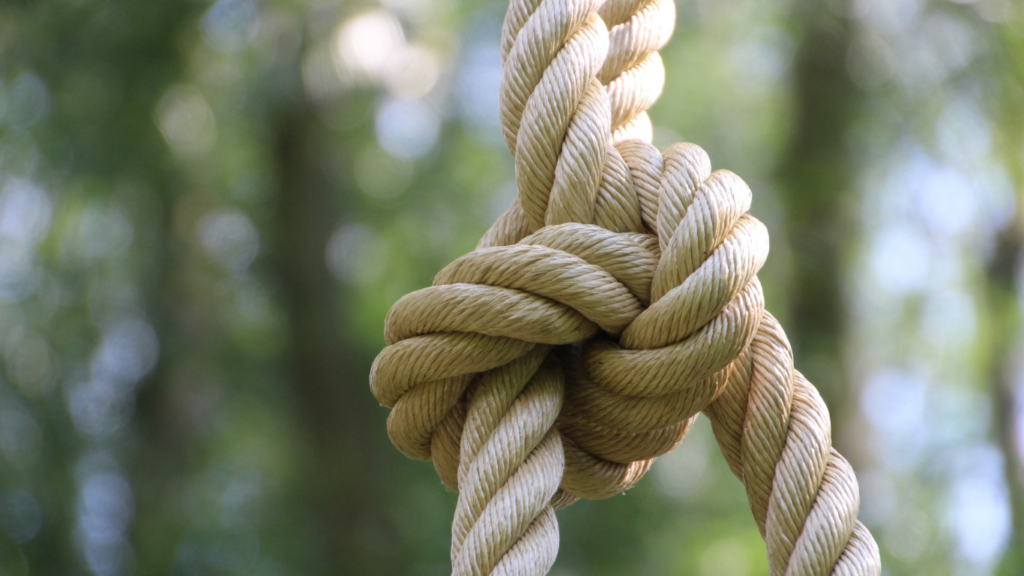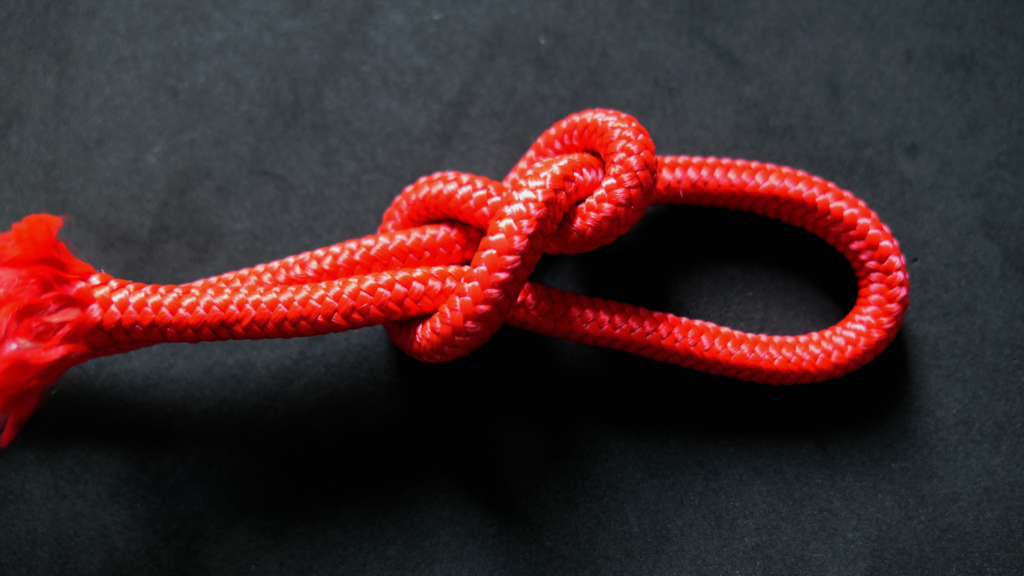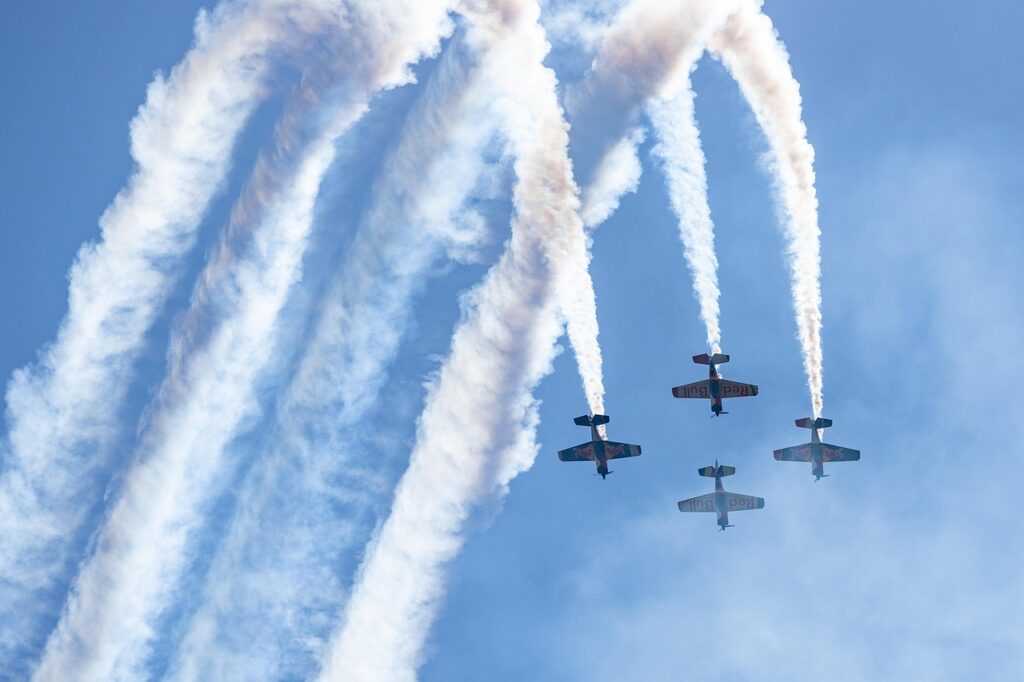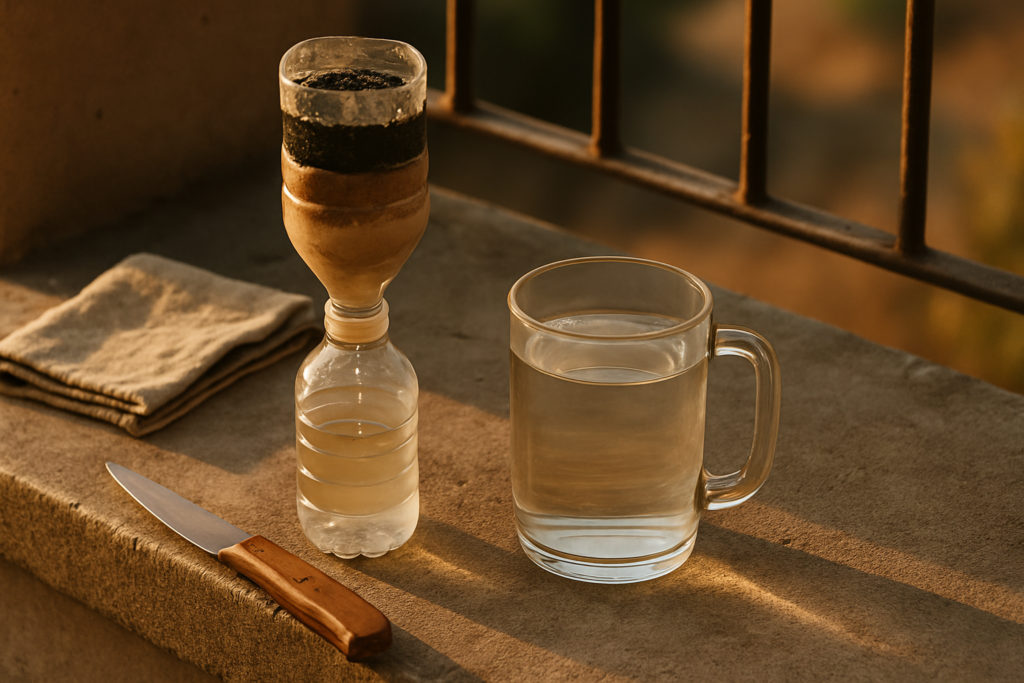Importance Of Knot-Tying Skills For Outdoor Enthusiasts
Knot-tying skills are vital for outdoor enthusiasts. These skills ensure safety and efficiency in various activities. Tying reliable knots can secure:
- tents
- gear
- tarpaulins
preventing mishaps. When camping, knowing these techniques avoids potential harm and damage.
Rescue scenarios often demand effective knot-tying. For example, in climbing, knots create secure harnesses and anchors. Swiftwater rescue depends on precise knots for safety lines and rescue devices. Proficiency in knots can be a lifesaving skill in emergencies.
Transporting heavy equipment requires sturdy knots. Properly tied knots on backpacks or while lashing items to vehicles can prevent loss or damage. This reduces the risk of accidents during transport in rugged terrains.
Fishermen benefit significantly from knot-tying skills. Strong knots on fishing lines ensure that caught fish don’t escape. Different knots serve different fishing methods, enhancing success rates.
Knot-tying also facilitates efficient shelter construction. It allows for the creation of various shelter forms, adaptable to different environments. This can improve comfort and protection from the elements.
Lastly, mastering knots boosts overall outdoor competence. Confidence in knot-tying translates to better problem-solving in unpredictable outdoor settings. It empowers enthusiasts to face challenges with preparedness and ease.
Essential Knot Terminology
Understanding knot terminology is crucial for mastering various knots required in outdoor activities. Below are key terms every outdoor enthusiast should know.
Bight
A bight is a simple bend or curve in the rope that doesn’t cross itself. Creating a bight is essential for forming loops and various knots. For instance, the Alpine Butterfly Loop requires making a bight to begin the knot-tying process.
Loop
A loop is formed when the rope crosses itself to create a circle. Loops are a fundamental part of many knots, including the Bowline and Figure-Eight. Using loops in knots helps in forming secure connections for anchoring gear or creating fixed loops.
Standing End
The standing end refers to the long part of the rope not used in making the knot. In rescue scenarios or when securing tents, the standing end remains static while the knot is tied with the working end. For example, in a Clove Hitch, the standing end holds the load while the other end forms the hitch.
Working End
The working end is the part of the rope actively used to tie the knot. Proper manipulation of the working end is vital for knot integrity and security. Common tasks include threading the rope through loops or wrapping it around objects, as seen in the Sheet Bend and Square Knot.
Mastering these terms will significantly enhance one’s ability to tie effective and secure knots in any outdoor situation.
Basic Knots For Camping

Mastering knots is crucial for any outdoor enthusiast. They ensure safety, stability, and efficiency in various camping activities.
Bowline
The Bowline is a fundamental knot that creates a secure, non-slip loop. To tie it, form a small loop leaving a long end. Pass the working end through the loop from underneath, then around the standing part and back through the loop. This knot is ideal for securing ropes to fixed objects or creating a reliable loop for hoisting.
Clove Hitch
The Clove Hitch is essential for securing a rope to a post or tree. Start by wrapping the rope around the object once, then cross over and wrap it again. Pass the working end under the last wrap to tighten. This knot adjusts easily yet holds firm under tension, perfect for attaching tent lines or securing gear.
Taut-Line Hitch
- The Taut-Line Hitch allows for adjustable tension on a rope.
- Wrap the rope around an anchor point then make two turns around the standing line, followed by another turn on the outside.
- Tighten by sliding the knot.
- This knot works well for tent guylines or clotheslines, providing flexibility and ease of adjustment under load.
Essential Knots For Boating
Mastering essential knots is vital for boating to ensure safety and efficiency on the water. Navigating different conditions becomes seamless.
Figure Eight Knot
The Figure Eight Knot, also known as the Flemish Bend, is crucial for preventing ropes from slipping. It’s simple to tie and untie even after being under pressure. Sailors use it to create a stopper at the end of a line, preventing ropes from passing through pulleys or holes accidentally.
Sheet Bend
The Sheet Bend, often used for joining two ropes of different diameters, is indispensable in boating. It ensures there’s no slippage between different-sized ropes. For example, when attaching a thinner rope to a main sail’s thicker halyards, this knot provides a secure hold.
Cleat Hitch
The Cleat Hitch secures a rope to a cleat, a common fixture on boats. Boaters use it to make quick, secure connections. For instance, when docking, this knot quickly secures the boat to the dock, ensuring stability. Tying it properly ensures the boat stays in place under various conditions.
These knots improve a boater’s ability to handle various situations effectively, ensuring safety and control.
Knots For Climbing And Mountaineering
Mastering specific knots is critical for climbing and mountaineering. These knots ensure safety, efficiency, and security in various situations.
Alpine Butterfly Knot
The Alpine Butterfly Knot creates a secure loop in the middle of a rope. It distributes load evenly, making it ideal for hoisting, rigging, and isolating damaged sections of rope. Climbers often use it to manage slack on traverses.
Double Fisherman’s Knot
The Double Fisherman’s Knot joins two ropes securely, even if they’re of different diameters. This knot is vital for creating prusik loops and extending rappel setups. It’s reliable, compact, and doesn’t slip under tension.
Prusik Knot
The Prusik Knot forms a friction hitch, enabling movement along a rope while bearing weight when tension is applied. Climbers use this knot for ascending ropes and for rescue operations. It grips firmly, offering both security and adaptability.
By mastering these, climbers and mountaineers boost their safety and capabilities on the rock face.
Tips For Practicing Knots
Focusing on the following tips helps improve knot-tying skills. Practice regularly to build muscle memory and increase proficiency.
Use Quality Rope
Using quality rope ensures an effective practice session. Choose a rope type similar to what you’ll use outdoors for a more realistic experience.
Follow Step-by-Step Guides
Utilize step-by-step guides for accurate knot-tying. Reference trustworthy sources like “The Ashley Book of Knots” or online tutorials to ensure correct techniques.
Practice with Purpose
Each practice session should have a specific goal. Focus on mastering one or two knots rather than overwhelming yourself with several.
Simulate Real Conditions
Simulate outdoor conditions to better prepare for real-world scenarios. Practice knots with wet, cold, or stiff ropes to mimic challenges you might face.
Review and Correct Mistakes
Constantly reviewing and correcting your mistakes helps refine your skills. Identify where errors occur and adjust your technique as needed.
Get Feedback
Seek feedback from experienced individuals. They can provide valuable insights and tips to enhance your knot-tying abilities.
Maintain Patience and Perseverance
Be patient and persevere through difficult knots. Mastery takes time and repeated effort, so consistent practice is essential.





